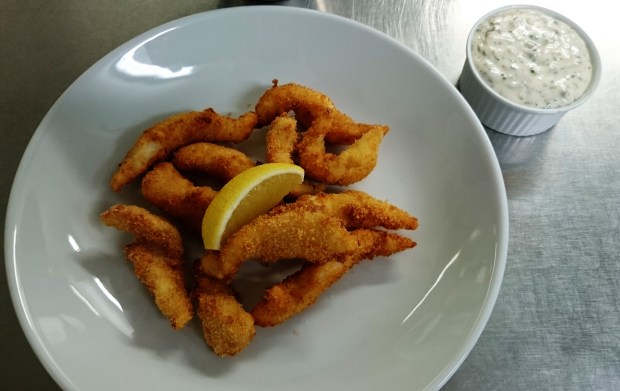I know this isn’t necessarily the most mouthwatering blog post title in the world, but will you stick around when I tell you that a ‘camembert pithivier’ is really just a ‘melted cheese pie’? And really, in life, aren’t we all just looking to eat a slab of gloriously bronzed, buttery, flaky pastry, stuffed with bits of crispy bacon and hot melted cheese? I know I am. Enter camembert pithivier.
A pithivier is just a round pie made with two discs of puff pastry that enclose some sort of filling. Traditionally they are scored with lines around the pastry dome, and the edges are scalloped, but if you don’t do that it’s not like it’s going to change how it tastes. They were originally filled with frangipane, but now people make savoury pithivier and anything goes. It’s actually one of my favourite ways to make a pie, because there’s no lining of a tin or getting pastry to fit in a dish or blind baking (see also: galette). It’s freestyle.
If you are scared off by camembert and don’t like strong cheeses, then I do beg you to reconsider. The taste isn’t really a refection of the smell, and it’s a wonderfully gentle and luxurious thing to eat. That said, you could theoretically replace the camembert in the middle of this pithivier with a big lump of any cheese that melts nicely.
Notes:
This is best served straight from the oven, for maximum melted cheese joy, but it does keep and reheat perfectly well too, to give you a very superior packed lunch. You can also make it right up to the baking stage and keep it in the fridge or freezer, ready to pop into the oven when a hungry crowd arrives. If you’re freezing it, defrost in the fridge before baking.
Ingredients:
Knob of butter
1 red onion, diced
2 leeks, diced
160g diced bacon or pancetta
5-6 sprigs of thyme, leaves removed and finely chopped
generous glass of white wine
pepper
2 pieces ready rolled puff pastry
1 camembert cheese
1 beaten egg, to glaze
Method
- Heat your butter on a medium heat in a large saucepan until foaming. Put your diced onion and leeks into the pan and cook on for 8-10 minutes until softened. Add the bacon, turn up the heat, and cook until the bacon is starting to crisp. Add the thyme, stir, and cook for a minute more. Pour in your wine and cook until almost all the liquid has evaporated (this should only take a minute or two). Season the mix with pepper (but not salt, because the bacon and cheese are inherently salty). Spread the bacon mix out on a plate and leave until completely cold (once it’s cooled a little, putting the plate into the fridge or freezer will speed this along).
- Assemble the pithivier. Unroll one sheet of the puff pastry. Cut out a large circle – I usually cut around a plate – and place the camembert in the centre of it. Arrange most of the bacon mixture in a ring around the cheese, leaving a border of a couple of centimetres of uncovered pastry round the edge, then mound the remainder on top of the cheese to make a dome. Brush the exposed pastry round the edge of the circle with beaten egg.
- Unroll the other piece of puff pastry and drape it over your cheese and bacon dome. Press it down around the edge of the pastry where you have brushed on the beaten egg. If you do this properly you shouldn’t have any leaks. As you can see from the pictures, I missed a bit and got a bit of a cheese explosion, but a river of melted cheese is not the worst thing that can happen to a person. Trim the top piece of pastry too, to match the edges of your bottom piece. Poke a hole in the centre of the dome to let steam out. If you like, you can lightly score the dome with a knife to create the classic pithivier pattern. You can also scallop the edges, but neither of these things are necessary. Brush the whole thing with beaten egg. Pop it in the freezer for 15-20 minutes until the pastry is completely firm.
- Heat your oven to 210C/190C fan/gas 5. Place your chilled pithivier on a baking sheet, and bake for around 30 minutes, or until the pastry is cooked through and gloriously golden. Cut into your pithivier at the table and revel in the delight of the moment when all the melted cheese pours out.


























